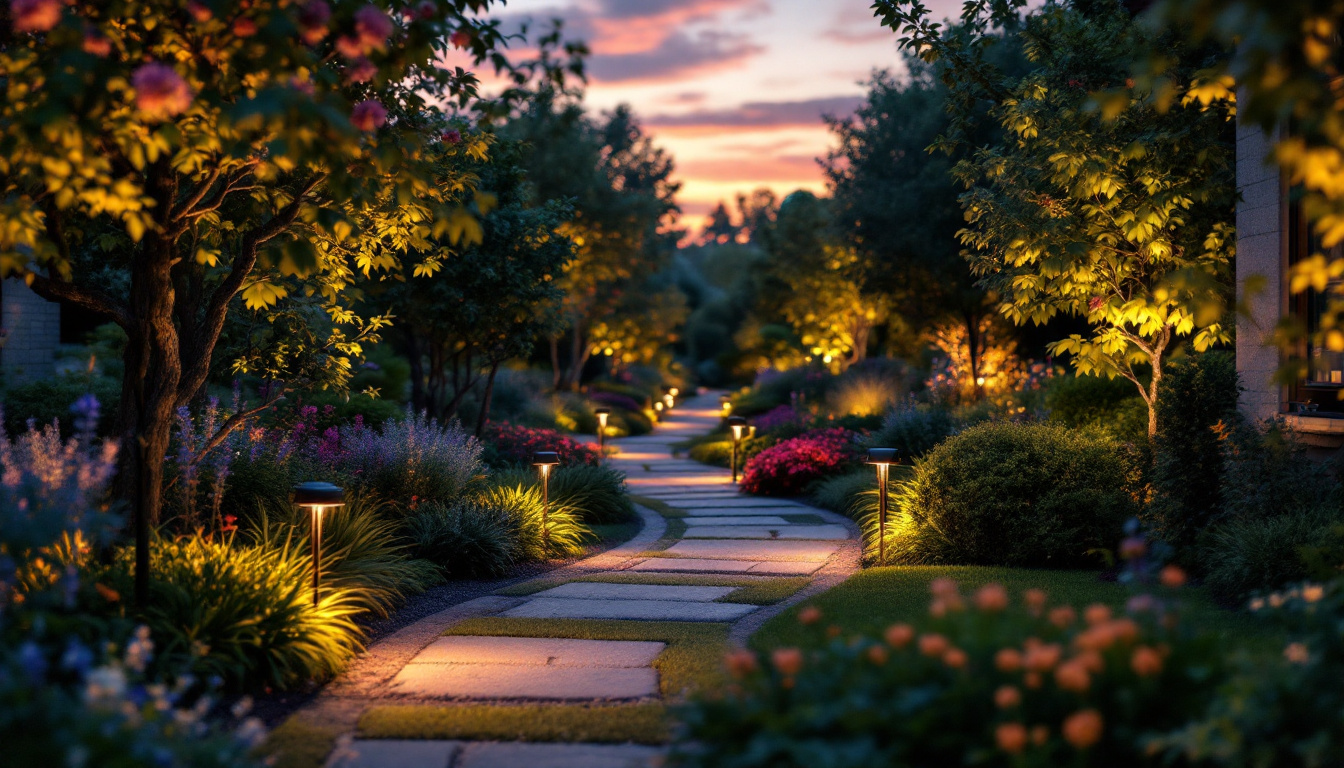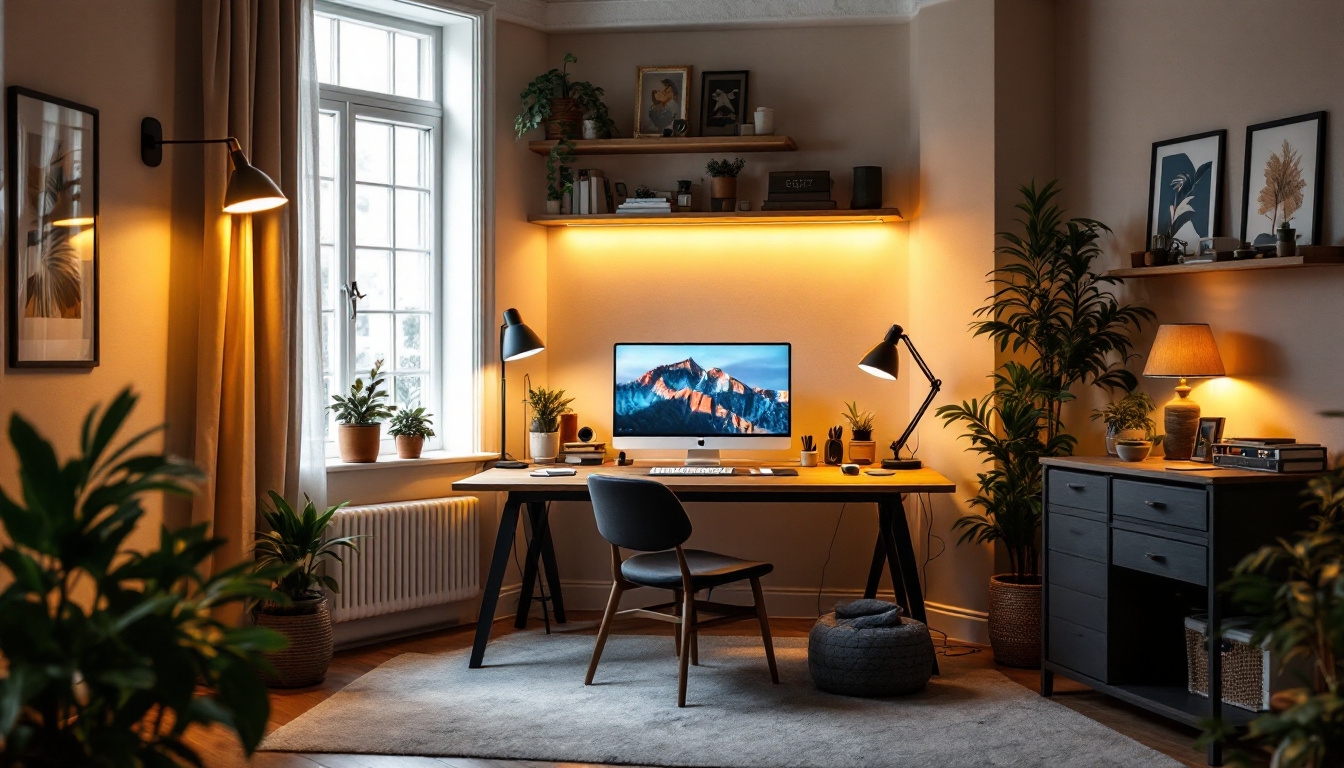
When it comes to creating the perfect ambiance in a living room, overhead lighting plays a crucial role. As a lighting contractor, understanding the nuances of overhead lighting can significantly enhance the quality of your installations and the satisfaction of your clients. This article delves into the best practices for overhead lighting in living rooms, providing insights that can elevate your craftsmanship and design approach.
Overhead lighting serves as the primary source of illumination in a living room, setting the tone for the entire space. It provides general lighting that is essential for visibility and functionality. However, it also contributes to the aesthetic appeal of the room, influencing how colors, textures, and furnishings are perceived. The right overhead lighting can transform a mundane space into a warm and inviting environment, making it a crucial element in interior design.
Moreover, the placement and intensity of overhead lighting can significantly affect the mood of the room. For example, dimmable fixtures allow homeowners to adjust the brightness according to the time of day or occasion, creating a cozy atmosphere for movie nights or a bright, energizing space for social gatherings. Understanding these nuances can help homeowners make informed decisions about their lighting choices, ultimately enhancing their living experience.
There are several types of overhead lighting options available, each with its own characteristics and applications. Common types include flush mounts, chandeliers, pendant lights, and recessed lighting. Understanding the differences can help contractors recommend the best solutions based on the client’s needs and the room’s design.
Flush mounts are ideal for spaces with low ceilings, providing a clean and unobtrusive look. They come in various styles, from minimalist designs to more decorative options, allowing for personalization while maintaining a low profile. Chandeliers, on the other hand, add a touch of elegance and can serve as a focal point in larger living rooms. These fixtures can vary widely in design, from traditional crystal styles to modern geometric shapes, catering to diverse tastes. Pendant lights offer versatility and can be used in clusters or singularly to create a unique aesthetic. Their adjustable heights can also help define different areas within an open floor plan. Recessed lighting is excellent for a modern look, providing a streamlined appearance while allowing for flexibility in lighting placement, making it suitable for various design themes.
One of the best practices in overhead lighting design is layering. This involves combining different types of lighting to create a versatile and adaptable environment. By integrating ambient, task, and accent lighting, contractors can ensure that the living room is well-lit for various activities, from reading to entertaining.
For instance, a combination of recessed lights for general illumination, pendant lights for focused tasks, and wall sconces for accent lighting can create a well-rounded atmosphere. This layered approach not only enhances functionality but also adds depth and dimension to the space. Additionally, incorporating smart lighting solutions allows homeowners to control their lighting through apps or voice commands, further enhancing the adaptability of their living space. This technology enables users to create different lighting scenes for various occasions, ensuring that the living room remains a dynamic and inviting area for family and friends alike. Furthermore, the choice of light bulbs—whether warm or cool—can also play a significant role in how the layered lighting is perceived, affecting everything from mood to comfort in the living room setting.
Selecting the appropriate fixtures is critical to achieving the desired effect in a living room. Factors such as size, style, and finish can greatly influence the overall aesthetic and functionality of the lighting scheme.
The size of the lighting fixtures should be proportional to the dimensions of the living room. A large chandelier can dominate a small space, making it feel cramped, while tiny fixtures may get lost in a vast room. Contractors should advise clients on the ideal scale of fixtures to ensure a balanced look.
Additionally, the height at which fixtures are installed is equally important. For example, chandeliers should hang at least 30 inches above a dining table to avoid obstructing views, while flush mounts can be positioned closer to the ceiling for a streamlined effect.
The style of the fixtures should complement the overall design of the living room. Whether the space is modern, traditional, or eclectic, there are lighting options available to enhance the aesthetic. Finishes, such as brushed nickel, bronze, or matte black, can also play a significant role in tying the room together.
Contractors should encourage clients to consider the existing decor when selecting fixtures. A cohesive look can be achieved by matching the lighting with other elements in the room, such as furniture, hardware, and color schemes.
With increasing awareness of environmental issues, energy efficiency has become a priority for many homeowners. As a lighting contractor, promoting energy-efficient lighting solutions can not only benefit the environment but also appeal to eco-conscious clients.
LED lights are an excellent choice for overhead lighting due to their longevity and energy efficiency. They consume significantly less energy than traditional incandescent bulbs and have a much longer lifespan, reducing the need for frequent replacements. This is particularly advantageous in living rooms, where overhead lights may be used for extended periods.
Additionally, LED lights are available in a variety of color temperatures, allowing contractors to create the desired ambiance. Warmer tones can create a cozy atmosphere, while cooler tones can promote a more modern and vibrant feel.
Smart lighting technology is gaining popularity among homeowners, offering convenience and customization. Contractors should consider integrating smart lighting solutions into their designs, allowing clients to control their overhead lights via smartphone apps or voice commands.
These systems can also include features such as dimming capabilities and scheduling, enabling homeowners to adjust their lighting according to their daily routines. By incorporating smart lighting, contractors can enhance the functionality and appeal of their installations.
Proper installation is crucial for the safety and effectiveness of overhead lighting. Contractors must adhere to industry standards and best practices to ensure that the lighting is both functional and aesthetically pleasing.
Before installation, it is essential to assess the existing wiring and electrical systems in the living room. Contractors should ensure that the circuit can handle the load of the new fixtures and that all wiring is up to code. This not only ensures safety but also enhances the performance of the lighting.
When installing fixtures, it is important to follow the manufacturer’s guidelines for mounting and wiring. This includes using appropriate hardware and ensuring that all connections are secure. Proper installation will minimize the risk of electrical issues and extend the lifespan of the lighting fixtures.
The placement of overhead lighting fixtures can greatly influence the overall effect of the lighting scheme. Contractors should consider the layout of the living room, including furniture arrangements and architectural features, when determining where to install fixtures.
For example, recessed lights should be strategically placed to avoid casting shadows or creating dark spots. Chandeliers and pendant lights should be positioned to provide adequate illumination without obstructing views or creating glare. Thoughtful placement can enhance both the functionality and aesthetic appeal of the space.
Once the overhead lighting is installed, maintenance and client education become essential components of the service. Educating clients on how to care for their lighting fixtures can prolong their lifespan and maintain their appearance.
Contractors should provide clients with guidelines for cleaning and maintaining their overhead lighting fixtures. This may include recommendations for specific cleaning products, as well as tips for safely removing dust and debris without damaging the fixtures.
Regular maintenance can prevent issues such as flickering lights or diminished brightness, ensuring that the lighting continues to perform optimally over time. Clients should be informed about the importance of checking bulbs and replacing them as needed to maintain a consistent lighting experience.
As technology evolves, so do lighting solutions. Contractors should encourage clients to consider upgrades to their lighting systems, such as transitioning to LED bulbs or integrating smart technology. These upgrades can enhance energy efficiency and improve the overall functionality of the living room lighting.
By staying informed about the latest trends and technologies in lighting, contractors can provide valuable insights and recommendations to their clients, ensuring that their installations remain relevant and effective.
Overhead lighting in living rooms is a multifaceted aspect of interior design that requires careful consideration and expertise. By understanding the various types of lighting, selecting the right fixtures, and adhering to best practices in installation and maintenance, lighting contractors can create beautiful and functional spaces that meet the needs of their clients.
Incorporating energy-efficient solutions and educating clients about their lighting systems can further enhance the value of the contractor’s service. As the demand for innovative and sustainable lighting solutions continues to grow, staying informed and adaptable will be key to success in the lighting industry.
Ultimately, the goal is to create living rooms that are not only well-lit but also inviting and reflective of the homeowner’s style. By following these best practices, lighting contractors can elevate their work and contribute to the creation of stunning living environments.
Ready to take your lighting installations to the next level? At LumenWholesale, we provide lighting contractors with the highest quality, spec-grade lighting products at prices that can’t be beaten. Say goodbye to local distributor markups and hello to a vast selection of reliable, high-performance lighting that meets rigorous industry standards. With the convenience of free shipping on bulk orders, you can stock up on premium lighting solutions without any hidden fees. Elevate your living room overhead lighting projects and give your clients the exceptional results they deserve. Discover the perfect blend of quality, affordability, and convenience at LumenWholesale – Wholesale Lighting at the Best Value.

Discover how solar powered landscape lighting is transforming the projects of lighting contractors.

Discover how LED linear pendant lights boost lighting contractors’ profitability with energy savings, modern design, and faster installation.

Discover the secrets to perfect home office lighting with insights tailored for lighting contractors.

Discover the essential guide for lighting contractors with our comprehensive checklist for indoor light fixtures.